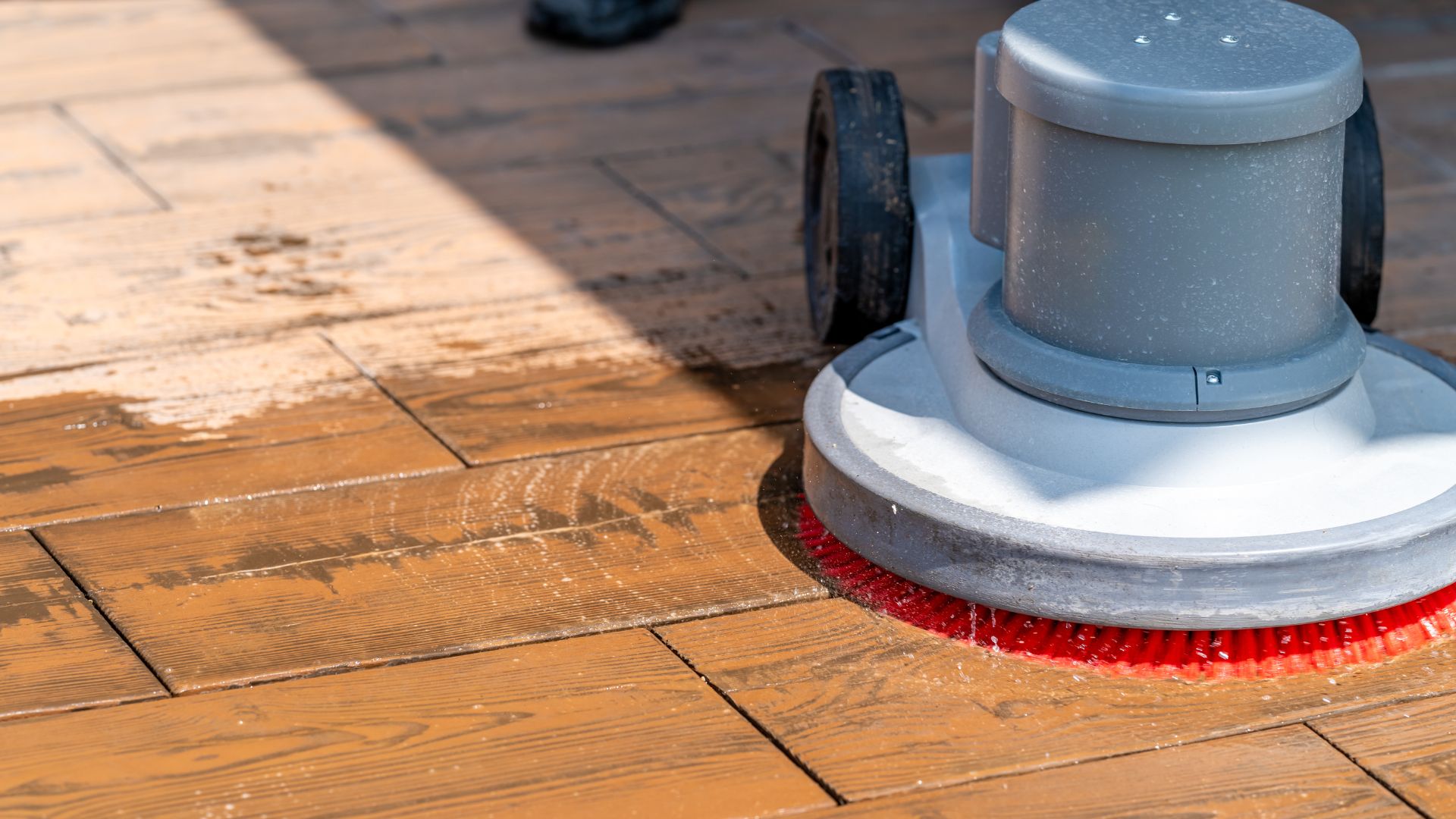Cleaning may seem like a mundane chore, but there’s actually a fascinating science behind achieving spotless surfaces. From the chemistry of cleaning agents to the physics of removing dirt and grime, understanding the principles behind cleaning products and techniques can revolutionize the way you approach household chores. Let’s delve into the science of spotless and unlock the secrets to a cleaner, healthier home.
-
Chemical Reactions:
At the heart of many cleaning products are chemical reactions that break down dirt and stains. For example, surfactants in detergents lower the surface tension of water, allowing it to penetrate and lift away grease and grime. Understanding these reactions can help you choose the right products for specific cleaning tasks.
-
pH Balance:
The pH level of a cleaning product plays a crucial role in its effectiveness. Acidic cleaners are great for removing mineral deposits and soap scum, while alkaline cleaners are better suited for cutting through grease and oils. Maintaining the proper pH balance ensures optimal cleaning results without damaging surfaces.
-
Mechanical Action:
In addition to chemical reactions, mechanical action is essential for loosening and removing dirt. Scrubbing, wiping, and agitating surfaces help dislodge particles and distribute cleaning agents evenly. Choosing the right tools and techniques can maximize mechanical action for superior cleaning results.
-
Emulsification:
Emulsifiers are ingredients that help blend oil and water, allowing them to mix together instead of separating. This property is particularly useful for cleaning oily or greasy surfaces, as emulsifiers can suspend oil droplets in water, making them easier to rinse away.
-
Microbiology:
Beneficial microorganisms play a role in some cleaning products, especially those labeled as “probiotic” or “bio-enzymatic.” These products contain bacteria and enzymes that break down organic matter, such as food stains and pet odors, at a microscopic level. Harnessing the power of microbiology can lead to more thorough and long-lasting cleaning results.
-
Surface Tension:
Surface tension is the cohesive force that holds water molecules together at the surface of a liquid. Lowering surface tension with surfactants allows water to spread more evenly and penetrate microscopic crevices, enhancing cleaning efficiency and coverage.
-
Oxidation:
Oxidizing agents like hydrogen peroxide and bleach are powerful cleaners that break down organic stains through oxidation reactions. These agents release oxygen atoms that react with and destabilize stain molecules, making them easier to rinse away.
-
Electrostatic Attraction:
Electrostatic cleaners, such as electrostatic dusters and mops, use static electricity to attract and capture dust and debris. Positively charged particles are drawn to negatively charged surfaces, making it easier to remove them from hard-to-reach areas.
-
Environmental Impact:
As consumers become more environmentally conscious, there’s a growing demand for eco-friendly cleaning products and techniques. Biodegradable ingredients, sustainable packaging, and water-saving technologies are just a few examples of innovations in green cleaning practices.
-
Safety Precautions:
Lastly, understanding the safety precautions associated with cleaning products is essential for protecting yourself and your environment. Always follow label instructions, wear appropriate protective gear, and store chemicals out of reach of children and pets.
By delving into the science of spotless, you can make more informed choices about cleaning products and techniques, leading to a cleaner, safer, and healthier living environment for you and your family. Let’s harness the power of science to achieve spotless perfection!















